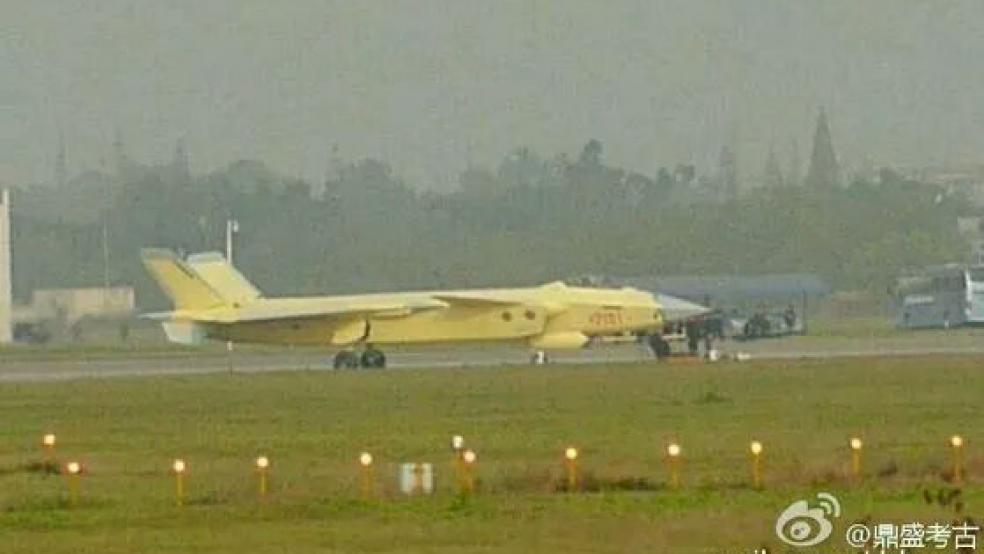China has entered the early stages of production for its next-generation stealth fighter jet, the J-20.
Photos originally published by the state-run news agency Xinhua and displayed by Popular Science show the fighter on a tarmac last week, painted a dull yellow.
Related: How China Is Catching Up on Stealth Technology with a Knockoff F-35
Based on the plane’s numbering, Popular Science estimates that it’s the ninth model to be produced by Chengdu Aviation Corporation in less than five years. The fighter’s original prototype first flew in 2011 and the entire program is expected to be operational by 2018. The jet unveiled last week is thought to be the first of a small run of planes intended for full military use.
Compare that to the F-35 Joint Strike Fighter, which has taken 20 years and cost nearly $400 billion to develop. The most expensive weapons effort in U.S. history flew its first production-line aircraft in 2011, five years after the prototype took off.
In terms of development time, that puts China’s stealth fighter efforts – the J-20 and the J-31, which flew for the first time in 2012 -- ahead of the F-35 and the F-22 Raptor, a plane the U.S. has stopped producing but has used in hundreds of sorties in the Middle East.
Related: Congress Showers the F-35 Program with Cash
Of course, Beijing may have had some help getting so far, so fast.
Chinese hackers are suspected of stealing the F-35’s blueprints in 2009. U.S. officials said no classified information was taken in that breach, but in 2011 China disclosed it was building the J-31, a multirole stealth fighter that could hit targets in the sky and on the ground, much like the F-35.
The similarities between the J-20, which will be puts through its paces by the People's Liberation Army Air Force (PLAAF), and the F-22 and the F-35 are undeniable. The Chinese platform has a high level of stealth and long-range electronic warfare capabilities, long selling points for the F-35.
Related: Are the Planets Aligned for a Revamp of the Pentagon’s Top Brass?
The Chinese jet is expected to be equipped with a variety of long- and short-range missiles and could be networked with unmanned aerial vehicles in the future.
Such predictions should be taken with a grain of salt, however, given Beijing’s tight grip on sensitive information and its penchant for using propaganda to promote an image of unparalleled strength to both domestic and international audiences.
For the time being, though, the J-20, combined with the J-31 and other aircraft currently under development, might give China air superiority over its Asian neighbors at the time when Beijing is taking aggressive steps to expand its footprint in the Pacific region.





